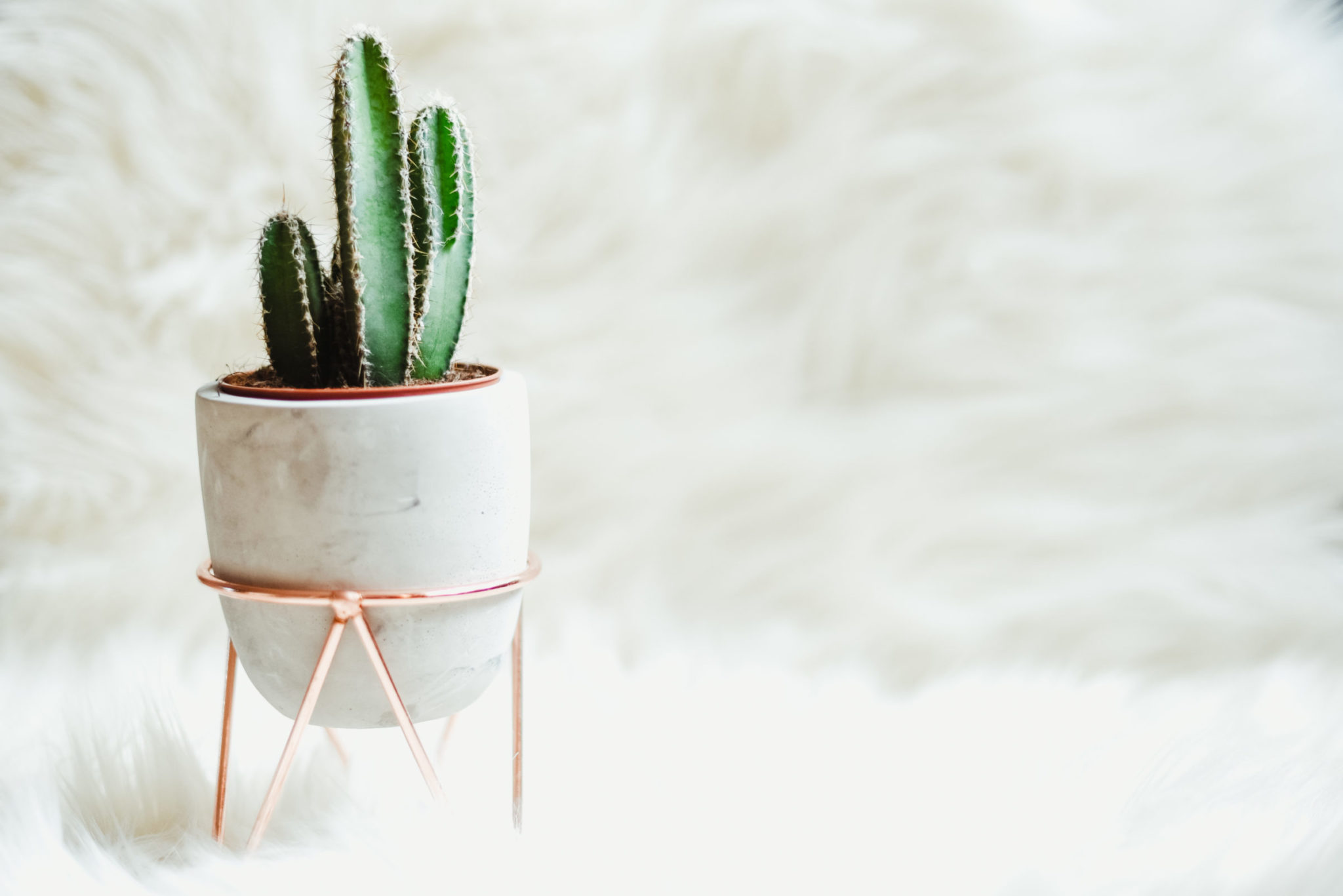Doing unpleasant tasks not in your comfort zone

Not exactly our typical start to spending time together!
Providing care for someone at home is wonderful in the sense that the person is much more comfortable in a familiar place, with all of their things, and with family and friends. However, as a caregiver you might find that you’re confident preparing meals and organizing medications, but other caregiver tasks will certainly take you out of your comfort zone.
Depending on the caregiving situation, you might find yourself bathing a person in bed, or helping them bathe in the tub or shower. Caregivers may also find themselves changing wound dressings, managing IV tubing, dealing with body fluids, or, yes, even giving an enema.
“It was definitely strange for both of us the first time,” laughed my friend’s mom when I asked how she felt about giving an enema. “I just tried to think back to days of changing diapers — some of those were harder to deal with! Like anything, after the first few times you do something new it becomes more routine. Stigma fades away. The pain relief is what matters.”
It’s completely normal to feel squeamish during some caregiver tasks. It will get easier. If you or another caregiver you know is faced with a new home caregiver task that makes you feel anxious, stressed or squeamish, here are some ways to be proactive and gain confidence.
- Know your body. Also, be aware of your own caregiver comfort zone. You may not be able to control the caregiving situation, so instead, try to control your reaction to it. Signs of stress or anxiety vary from person to person. Anxiety doesn’t always look like panic. Often anxiety presents itself as seemingly irrational irritability or anger, withdrawal, a feeling of being overwhelmed, or chronic or intermittent pain somewhere in your body.
Identify and pay attention to your own signs so that you can take measures to calm your mind. Remind yourself of when you have gotten through similar stress in the past. Take a break, exercise, do a favourite hobby, practice deep breathing, or whatever it is that works best for you.
- Learn from your health care team. A lot of nervousness or queasiness about uncomfortable caregiver tasks comes from a lack of knowledge or experience. Be honest with the doctors, nurses and home health care providers you feel most comfortable with. Ask to watch them perform these caregiving tasks or procedures. Ask questions, take notes, even record short videos (if possible) that you can re-watch later on. Then have your health care team watch while you try it yourself, rather than waiting to try it when you’re on your own.
If you are dealing with specific products, talk to a nurse or pharmacist to get as much information as you can. For example, if you’re dealing with incontinence and bladder issues, you’ll need to learn about adult diapers, pads and creams. While you might feel uncomfortable putting these items in your shopping cart at first (or applying them to the person in your care), know that you are definitely not the only person providing this kind of caregiving support.
- Fight or fright. Feeling queasy is completely normal when dealing with things like someone else’s blood or body fluids. The trick is to condition your response to the situation. Many health care professionals even go through this at the beginning. Repeated exposure to unpleasant caregiver duties is one method to conquer your fears or queasiness. By practicing confronting your fears, your body’s stress or anxiety will lessen.
- Tell it like it is. Try to be as matter of fact as possible when talking to the person in your care about less pleasant caregiving tasks. This will make things more comfortable for both of you. Have frank conversations about who will do what, remembering that safety for both of you is paramount. Say “let’s do this together.”
- Respect privacy. Also remember to respect the person in your care’s independence and privacy as much as possible. For instance, they may need help with getting in and out of the shower or bath safely, but are able to do their own washing. Have a towel or sheet ready to cover the person and minimize exposure during more personal caregiving services.
- Enlist a buddy. Is there another family member who can help you with an unpleasant caregiving task? Maybe there is something that you really don’t feel comfortable doing, but they do – and vice versa. Team up whenever possible so that each of you does what you feel you can.








